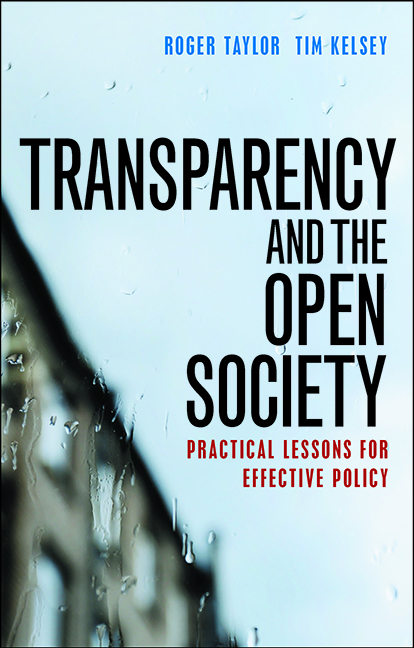13 - Editorial control
Published online by Cambridge University Press: 05 April 2022
Summary
In the previous five chapters we have described the triumphs and frustrations of a wide range of different individuals and organisations in their attempts to use information as a tool to combat corruption and improve public service outcomes. They are sometimes confronted by the fact that, even if they have the information, there is nothing they can do. But equally, they are often halted by the fact that, while in theory information is open to them, the specific information they require to evidence the narrative they wish to present is unavailable.
Our contention is that this is, in large part, due to the extent to which the organisations being subjected to transparency are able to manipulate the information environment in which they work and the nature of information that is made public through the various mechanisms described.
For instance, if we take the Extractive Industries Transparency Initiative (EITI) example, the fear is that my government is handing out contracts in return for bribes and misusing the funds generated. If I look at how the scheme operates and the information it produces and ask the question ‘will it generate the information that can determine whether this is happening or not?’, the answer, all too often, is no.
Professor Susan Rose-Ackerman has pointed out that bureaucracy may unconsciously design systems that create opportunities for bribery by allowing unaccountable monopolistic control of particular parts of a bureaucratic process. Such controls make life easier for bureaucrats, regardless of whether they exploit them for personal financial gain or whether they use these powers to limit oversight and give themselves control over their working lives.
We can see that similar incentives might be expected to cause organisations which are implementing transparency systems to lean, whether deliberately or unconsciously, towards systems that minimise the degree to which information is available in formats that allow them to be held accountable.
The central issue of concern here is the degree to which the organisation subject to transparency can retain a degree of editorial control over information flow. To return to Klitgaard, if an organisation has unaccountable monopoly control over any part of the flow of information – from the design of the content, through to the way it is recorded, analysed and presented – we can expect this to be exploited to reduce accountability and increase opportunities for corruption.
- Type
- Chapter
- Information
- Transparency and the Open SocietyPractical Lessons for Effective Policy, pp. 209 - 224Publisher: Bristol University PressPrint publication year: 2016



